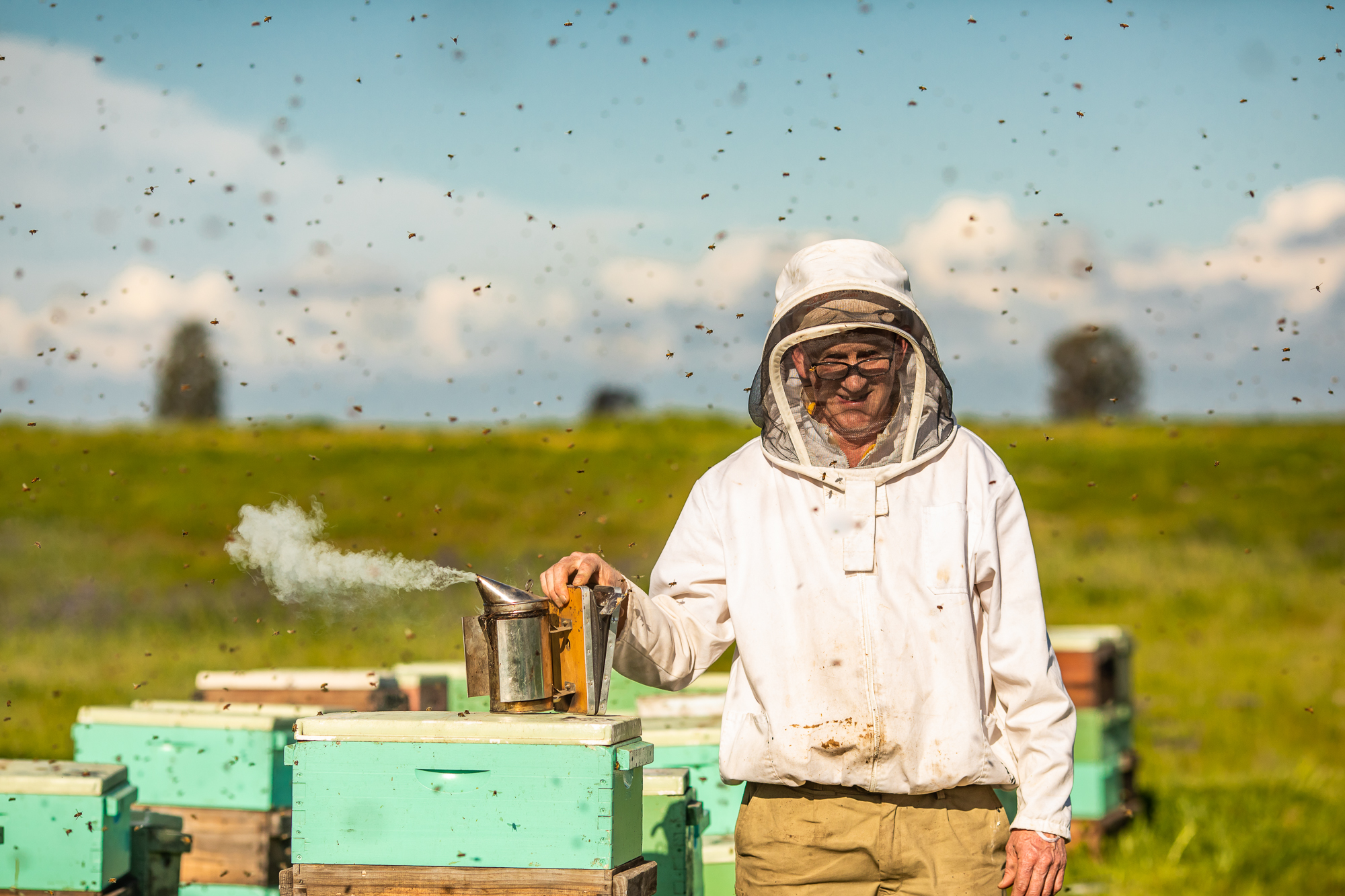
I’ve been known to call the Australian honey bee and pollination industry one of the most resilient industries in Australia. In recent times we’ve seen record breaking drought, devastating bushfires across many Eastern states, a global pandemic that restricted movement between states and now what is shaping up to be a good season of honey product.
It’s hard to put into words what’s so special about beekeeping in Australia, but really it’s the symbiotic relationship between the bees and the bush. It feels like a very pure form of agriculture because it is so often about an interaction with the environment that is beyond your control. As a beekeeper you can manage the bees, but you can’t manage the native flora. A single rainfall event might turn on one species so it’s ready for bees and turn off another completely. In a typical year up to 70% of Australia’s honey crop comes from our native plants and that makes our honey unique, both in terms of taste and antimicrobial properties. Our climate and the flowering patterns of our native flora, which varies from species to species, also means our beekeepers can chase flowering events around Australia almost all year round.
There are approximately 25,000 registered beekeepers in Australia who operate around 670,000 hives. Over 500,000 of these hives are operated by commercial beekeepers with most beekeepers in Australia operating between 400 and 800 hives. It’s these commercial beekeepers who pay the national statutory levy on honey production which was established in 1962 at the request of the Australian honey bee industry.
AgriFutures Australia then receives the RD&E component of the levy to invest in line with industry objectives set out in the AgriFutures Honey Bee & Pollination Strategic RD&E Plan (2020-2025). In addition to the levy, AgriFutures Australia also receives matching funding from the Australian Government that is allocated to the Honey Bee and Pollination Program.
Making sure RD&E delivers value to industry
The AgriFutures Honey Bee & Pollination Program is managed by AgriFutures Australia and is overseen by the Advisory Panel that I chair. Advisory Panel members include commercial beekeepers, researchers and others with extensive industry experience. Our role as the Advisory Panel is to keep AgriFutures Australia up to date on the state of the honey bee and pollination industry and the RD&E required to help it thrive.
We don’t just use governance and a commercial beekeeper mindset to understand the impact of the Program’s research either, we assess the benefit-cost ratio of our RD&E projects to guide the Program’s strategy and future RD&E investments. The most recent economic evaluation of the investment by AgriFutures Australia in the Honey Bee & Pollination Program between 2015 and 2019 found an estimated $4 return for every $1 invested. This assessment also informed the priorities of the latest Strategic RD&E Plan . Beekeeping is a commercial industry and we want to make sure it’s possible for our beekeepers to make a living and we have an industry that is sustainable.









